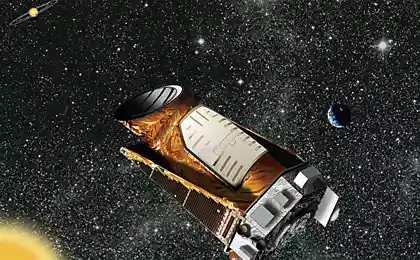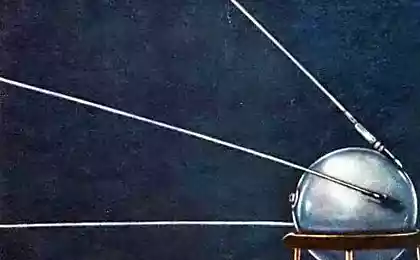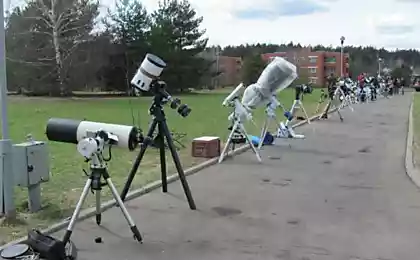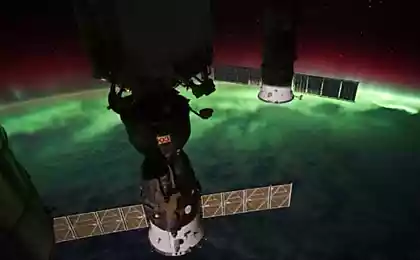619
Telescope "Kepler" saved. Network NASA Deep Space Communication has helped prevent a catastrophe
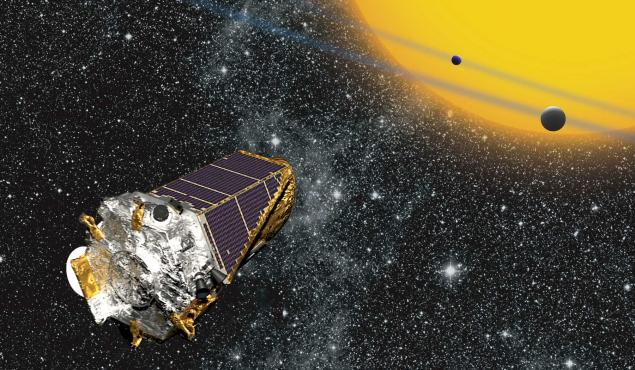
Source: Wikipedia
As previously reported on Geektimes, Space Telescope, "Kepler" by which scientists are searching for exoplanets, entered the emergency mode. In this mode, the system is operating at a minimum level, but consumes the most fuel. Contact telescope also failed and even expressed concern that the device has been lost forever.
But no - the telescope saved! Now the "Kepler" has returned to the life of the emergency operation, he went out. Unfortunately, the cause of the incident is still unknown - NASA is continuing to study the situation. The agency also did not say whether the telescope will be able to continue to fulfill the mission (to check all of the telescope systems need time - about a week). But it is known that the contact with the device failed due to the Deep Space Network. This NASA Deep Space Network communications (English Deep Space Network, DSN.) - An international network of radio telescopes and communications equipment used for radio astronomy studies the solar system and the universe, and to control the interplanetary spacecraft. DSN is part of the Jet Propulsion Laboratory of NASA.
It was a long weekend for Kepler and the team, but the spacecraft has been recovered! :) Https://t.co/D0Y2uTGP3K pic.twitter.com/Jaek5HZGTH- NASA Kepler and K2 (@NASAKepler) April 11, 2016
DSN is used to communicate with a variety of spacecraft, and the access time from different network resources projects is limited. That is why the Space Telescope rescue had to be held in the shortest possible time. To carry out the relevant transaction had to pick up the operating time from other projects, most likely, the Cassini or New Horizont. This means that any data sent by these devices could be lost.
However, it is not a super price information since the same New Horizont transmits information very slowly, due to channel them extremely "narrow". On the transfer of a single photo takes about five hours. With Cassini situation is similar, although the link with this device a little better. And lost is not the data itself - they stayed in the recording medium inside the machine. Lost a number of likely data packets, their transfer can be repeated later.
Now that the connection with the telescope "Kepler" is restored, it is hoped to move the unit to carry out the next phase of the mission zalach - Use special search techniques exoplanets, called "gravitational microlensing".
Let me remind you that over the course of his work, "Kepler" discovered exoplanets around 5000, of which more than 1,000 objects are confirmed.
Source: geektimes.ru/post/274170/
Returning stage Falcon 9 spacecraft safely delivered to the Port
Children super stroller from Germany






